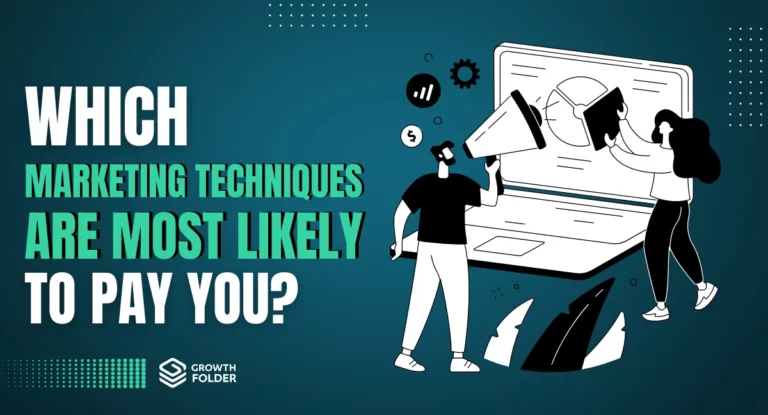
Have you ever wished you could have a virtual assistant that could understand and respond to you in a way that feels almost human-like?
You know that feeling when you talk to Siri and she just doesn’t get it 😡
Well, ChatGPT is like the hot new model that just came out, leaving Siri feeling like a flip phone.
For the ones who are not familiar with ChatGPT, it’s a type of artificial intelligence (AI) that has the ability to generate text that is almost indistinguishable from text written by a human.
I’m talkin’ about being able to have a conversation with your computer that actually makes sense, no more yelling “I SAID CELSIUS, NOT FAHRENHEIT” or having to rely on google translate to talk to your foreign friends without sounding like a complete idiot.
In fact, ChatGPT has already been used to create chatbots that are able to engage in coherent conversations with people.
But the potential applications of chat GPT go far beyond just chatbots.

In this blog, we’ll explore how ChatGPT could revolutionize industries such as customer service, education, language translation, and even personal assistants.
We’ll also touch on some of the ethical concerns surrounding ChatGPT and its potential impact on the job market.
Trust me folks, this is the future and it’s happening now. So, if you’re not paying attention to ChatGPT, you’re missing out on something huge. This is not something you wanna sleep on
So buckle up and get ready to be amazed by the transformative power of ChatGPT!
What is chat GPT and how does it work?
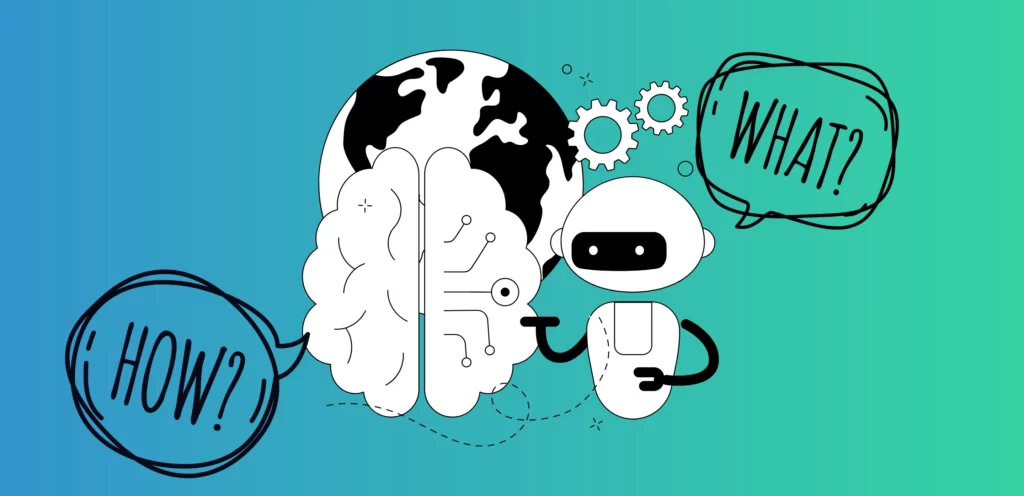
Chat GPT, or Generative Pre-trained Transformer, is a type of artificial intelligence (AI) that is trained to generate human-like text.
It is called a “generative” model because it can generate new text based on a given prompt, and it is “pre-trained” on a large dataset of text in order to improve its performance.
So how does chat GPT work exactly?
It’s all thanks to a deep learning technique called “transformer” that allows the AI to process and understand language at a deeper level.
Essentially, Chat GPT is fed a massive dataset of text and uses this data to learn the patterns and structures of language.
It then uses this knowledge to generate text that is coherent and sounds like it was written by a human.
One of the key advantages of chat GPT is that it can be fine-tuned for specific tasks or industries.
For example, a chat GPT trained for customer service can learn to generate responses that are helpful, accurate, and tailored to the customer’s specific needs.
Overall, chat GPT is a powerful tool that has the potential to revolutionize how we communicate with machines and each other.
Its ability to generate human-like text opens up exciting possibilities for improving customer service, education, language translation, and more.
Applications of chat GPT in customer service
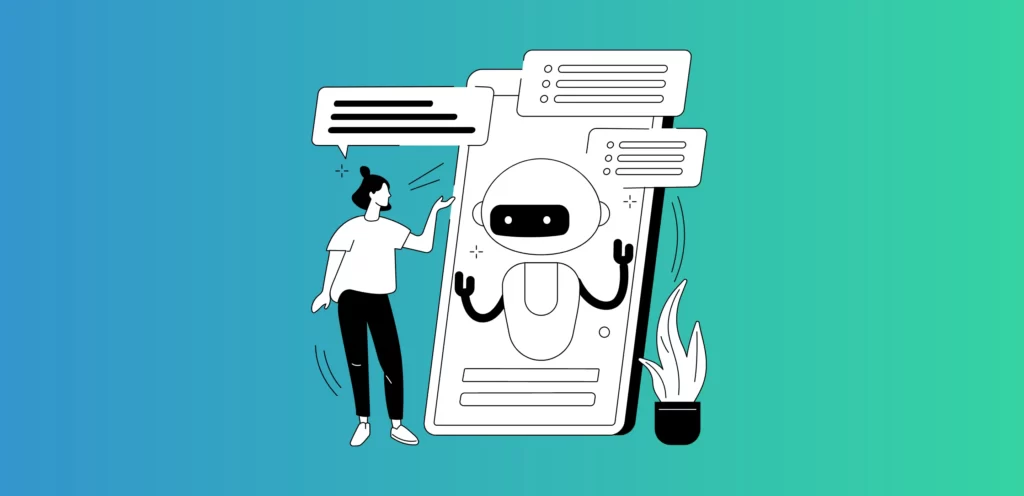
Chat GPT has the potential to revolutionize the way companies interact with their customers.
By using chat GPT to power chatbots or virtual assistants, companies can provide personalized, timely, and accurate responses to customer inquiries.
This can help improve customer satisfaction and loyalty, as well as reduce the workload of customer service teams.
Here are just a few examples of how chat GPT could be used in customer service:
- Answering common questions: Chat GPT can be trained to provide answers to frequently asked questions, freeing up customer service agents to handle more complex inquiries.
- Personalized recommendations: Chat GPT can learn about a customer’s preferences and provide personalized product or service recommendations.
- Real-time translation: Chat GPT can be used to provide real-time translation for customers who speak different languages, improving the accessibility of customer service for a global audience.
- Automated customer service: In some cases, chat GPT could be used to fully automate the customer service process, allowing companies to handle a large volume of inquiries without the need for human intervention.
Chat GPT in education
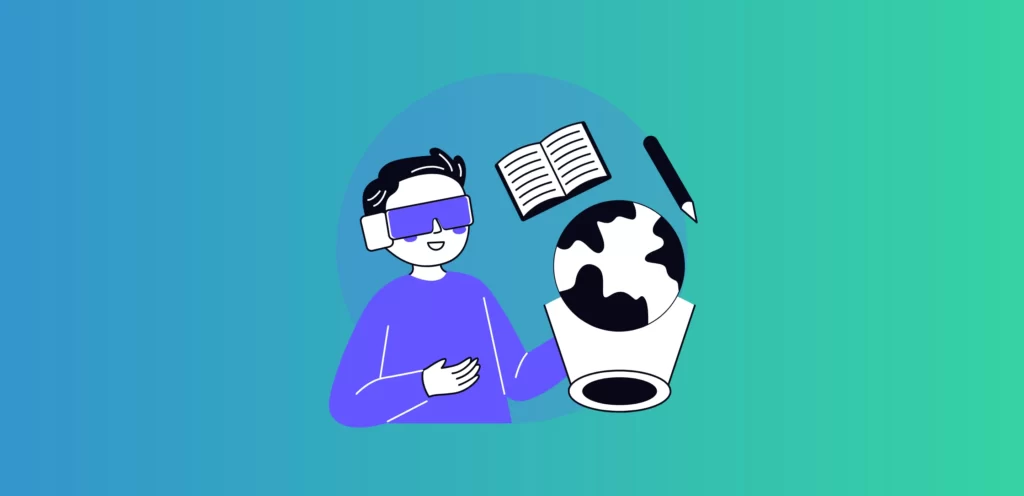
Chat GPT has the potential to enhance and revolutionize the field of education.
By providing personalized tutoring and feedback, chat GPT could help students learn more efficiently and effectively.
Here are a few examples of how chat GPT could be used in education:
- Personalized learning: Chat GPT could be used to create customized lesson plans and exercises based on a student’s learning style and needs.
- Real-time feedback: Chat GPT could provide real-time feedback on a student’s work, helping them to identify and correct mistakes on the spot.
- Virtual tutoring: Chat GPT could be used to provide virtual tutoring, allowing students to get one-on-one help from the comfort of their own homes.
- Language learning: Chat GPT could be used to help students learn a new language by providing personalized exercises and feedback on their speaking and writing skills.
Chat GPT in language translation

Chat GPT has the potential to greatly improve the accuracy and naturalness of real-time language translation.
By using chat GPT to power translation tools, users can communicate with people who speak different languages in a more seamless and natural way.
Here are a few examples of how chat GPT could be used in language translation:
- Real-time translation: Chat GPT could be used to provide real-time translation of spoken or written language, allowing users to communicate with each other in real time even if they don’t speak the same language.
- Accurate and natural translations: Chat GPT can generate translations that are more accurate and natural-sounding than those produced by traditional translation tools. This can help reduce misunderstandings and improve the overall quality of communication.
- Language learning: Chat GPT could be used to help language learners practice their speaking and writing skills by providing real-time feedback and corrections.
Chat GPT in content creation
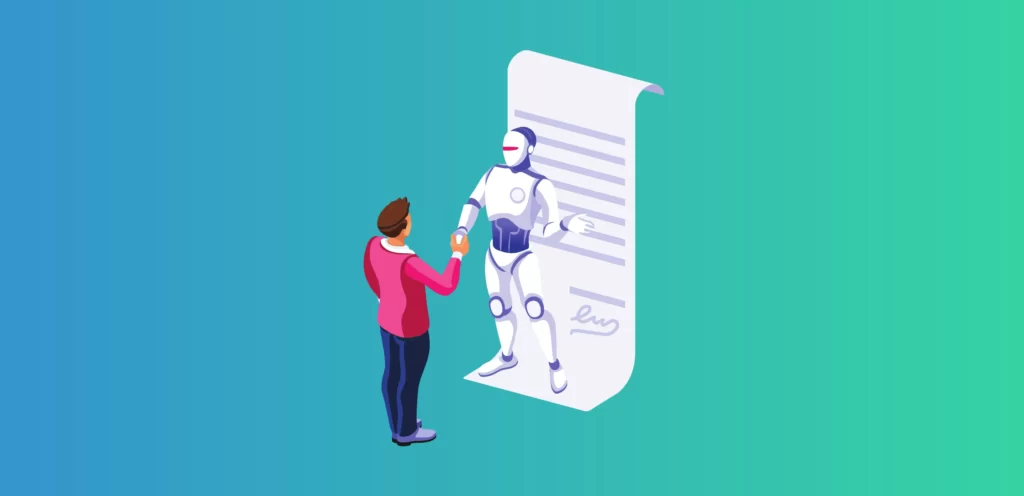
Chat GPT has the potential to streamline and improve the process of creating written content, such as articles, blog posts, and social media updates. By using chat GPT to generate text, writers and marketers can save time and produce higher-quality content more efficiently.
Here are a few examples of how chat GPT could be used in content creation:
- Generating ideas: Chat GPT could be used to generate ideas for articles or social media posts, helping writers and marketers come up with new and interesting topics to write about.
- Producing draft content: Chat GPT could be used to produce draft versions of articles or blog posts, which could then be edited and refined by a human writer.
- Personalized content: Chat GPT could be used to create personalized content for specific audiences, such as email newsletters or social media posts tailored to a user’s interests.
Chat GPT in personal assistants
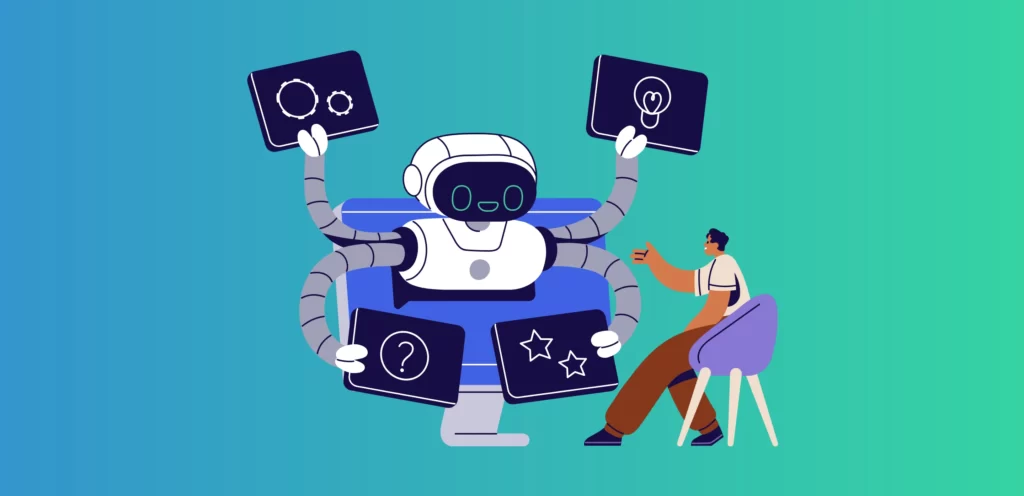
Chat GPT has the potential to revolutionize the way we use personal assistants. By using chat GPT to power personal assistants, users could have a more natural and efficient way of managing their tasks and schedules.
Here are a few examples of how chat GPT could be used in personal assistants:
- Handling tasks: Chat GPT could be used to handle tasks such as scheduling appointments, setting reminders, and making travel arrangements.
- Providing information: Chat GPT could be used to look up and provide information on a wide range of topics, such as weather forecasts, traffic updates, and news articles.
- Personalized recommendations: Chat GPT could learn about a user’s preferences and provide personalized recommendations, such as restaurant or movie suggestions.
Chat GPT in virtual assistants

Chat GPT has the potential to greatly improve the capabilities of virtual assistants, such as Apple’s Siri and Amazon’s Alexa. By using chat GPT to power these assistants, users could have a more natural and efficient way of interacting with them.
Here are a few examples of how chat GPT could be used in virtual assistants:
- Improved understanding of language: Chat GPT could be used to improve the natural language processing capabilities of virtual assistants, allowing them to better understand and respond to user requests.
- Personalized responses: Chat GPT could be used to provide personalized responses to user requests, such as tailored news updates or recommendations based on a user’s interests.
- Real-time translation: Chat GPT could be used to provide real-time translation for virtual assistants, allowing users to communicate with the assistant in different languages.
With reference to all of the above applications, it is pretty much obvious to think that our daily tasks may be reduced to zero.
But it won’t be!
While chat GPT has the potential to greatly improve virtual assistants, it’s important to keep in mind that it is not a replacement for human assistance.
This AI technology is still evolving and may not be able to fully replicate the personalized attention and judgment that a human can provide.
It’s also important to consider ethical concerns such as bias and accountability when using chat GPT in various fields.
Potential ethical concerns with chat GPT
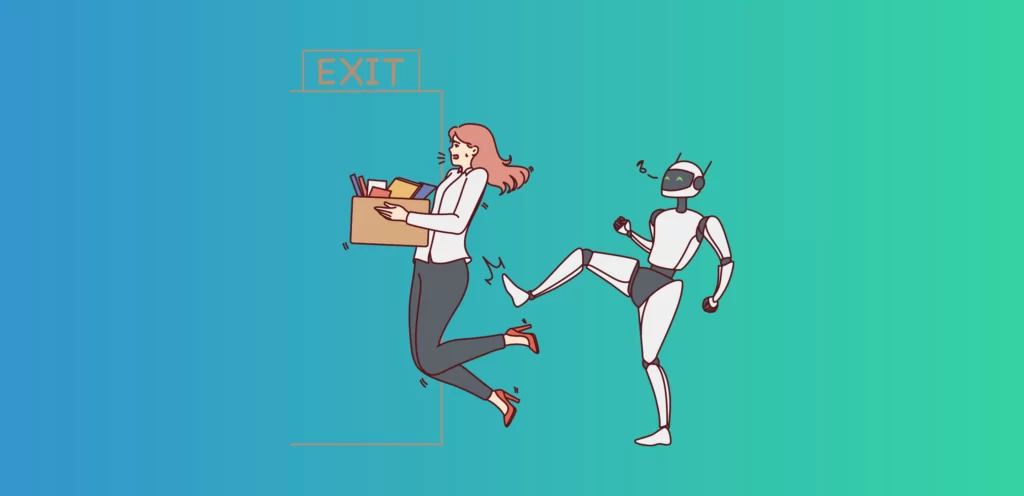
As with any new technology, chat GPT raises a number of ethical concerns that need to be carefully considered.
Here are a few potential ethical concerns to consider when it comes to chat GPT:
- Bias: Chat GPT is trained on large datasets of text, and these datasets can contain biased language and viewpoints.
This can lead to chat GPT generating biased output, which could have negative consequences for groups of people who are unfairly represented or marginalized in the training data.
- Privacy: Chat GPT requires a large amount of data to be effective, and this data may include sensitive personal information.
This raises concerns about the privacy and security of this data, and who has access to it.
- Accountability: If chat GPT is used to make important decisions or take actions on behalf of a company or individual, it’s important to consider who is accountable for the outcomes.
For example, if chat GPT makes a mistake in customer service or translation, who is responsible for correcting it?
It’s important to carefully consider these and other ethical concerns when using chat GPT.
By raising awareness and having open discussions about these issues, we can help ensure that chat GPT is used in a responsible and ethical way.
Conclusion
In conclusion, chat GPT (Generative Pre-trained Transformer) is a powerful tool that has the potential to revolutionize a wide range of industries and applications.
Its ability to generate human-like text allows for exciting possibilities such as improved customer service, enhanced education, more accurate language translation, and even virtual assistants.
However, it’s important to keep in mind that chat GPT is not a replacement for human workers or judgment.
The technology is still evolving and has limitations, and it’s important to consider ethical concerns such as bias and accountability when using it.
Looking towards the future, it will be interesting to see how chat GPT develops and what new applications it enables.
It’s possible that chat GPT could become a ubiquitous presence in our lives, helping us communicate, learn, and make decisions in more efficient and natural ways.
Only time will tell, but one thing is certain: chat GPT is a technology that is worth keeping an eye on.

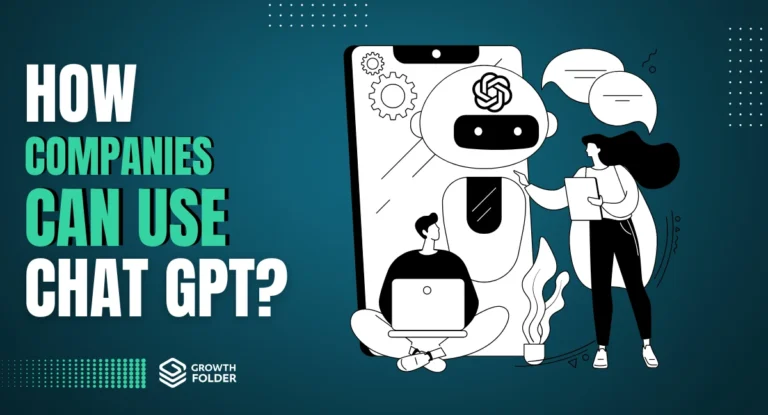
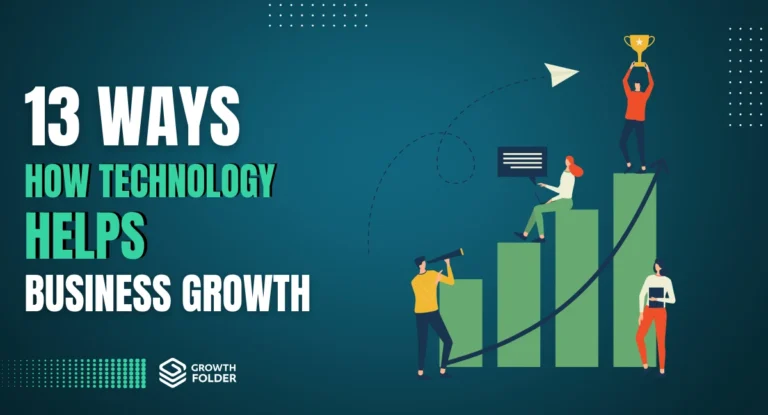


![How to Monetize a Newsletter [5 Super-Easy Ways]](https://growthfolder.com/wp-content/uploads/2023/07/How-to-Monetize-a-Newsletter-768x415.webp)
